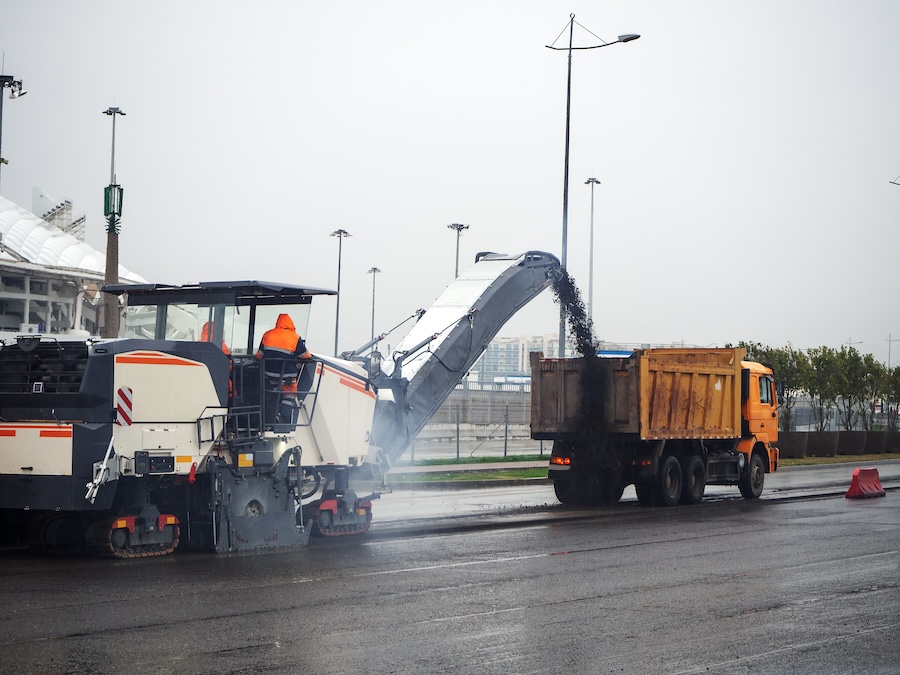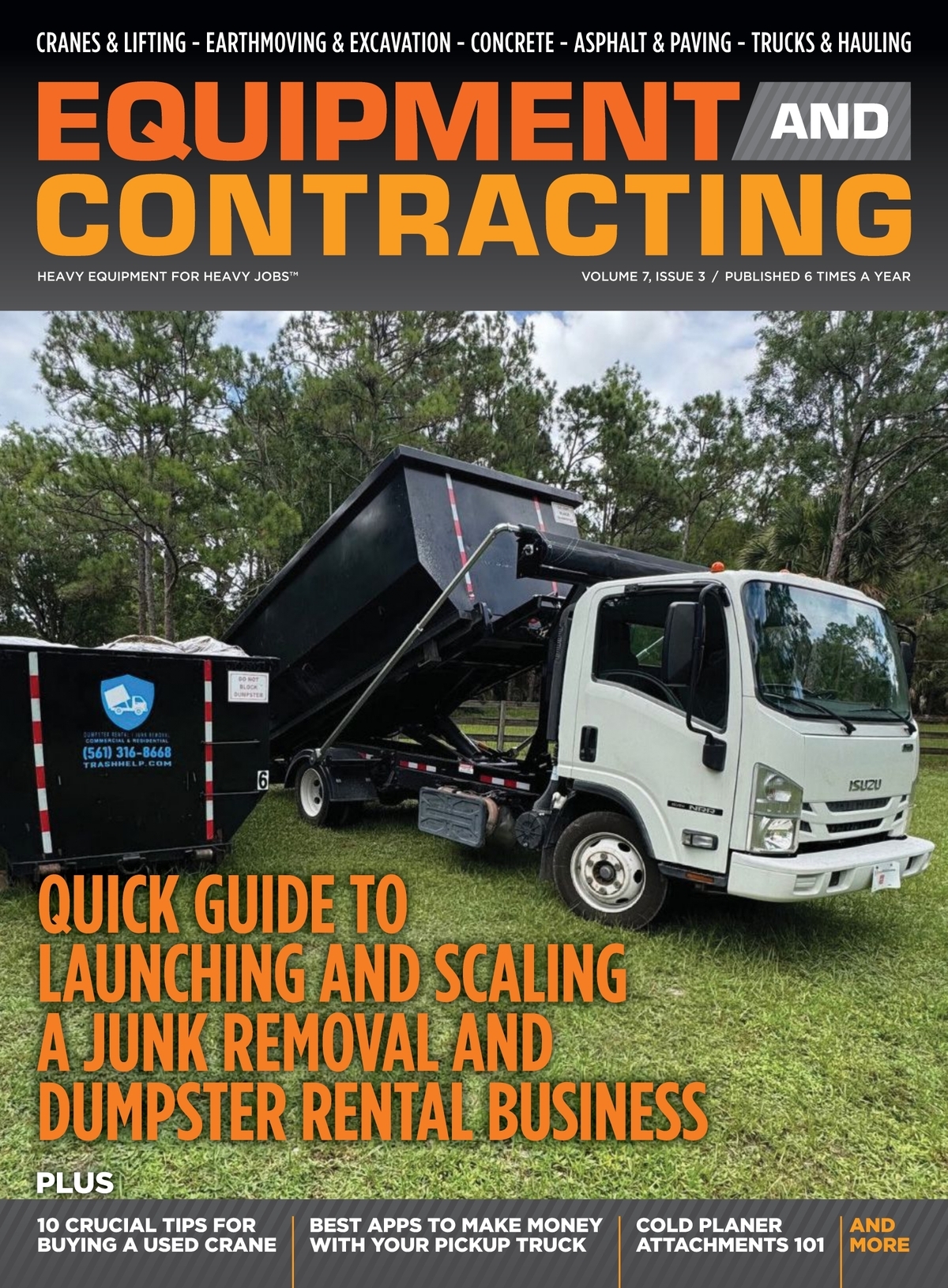
View the complete article here.
This guide is designed for contractors to deepen their understanding of current and emerging asphalt recycling techniques. It explores traditional methods like hot and cold mix recycling, alongside cutting-edge innovations such as bio-based rejuvenators and the use of non-traditional materials. By highlighting both the advantages and the challenges associated with these methods, the guide aims to provide a comprehensive overview that aids in making informed decisions.
Current Recycling Methods
Asphalt recycling methods are primarily categorized into hot mix and cold mix recycling. Hot mix recycling involves reheating the reclaimed asphalt pavement (RAP) at a plant, blending it with new materials, and using it to produce new hot mix asphalt. This process is highly effective but requires significant energy and sophisticated plant equipment.
Cold mix recycling, on the other hand, is done at ambient temperatures using bitumen emulsions or foamed bitumen. It’s typically used for lower traffic roads due to its lower cost and reduced environmental impact.
Challenges and limitations include:
- Quality control: Both methods require strict quality control to ensure the recycled asphalt performs comparably to new materials.
- Aging of binder: Recycled binders can be more brittle and prone to cracking.
- Equipment requirements: Hot mix recycling demands high-end machinery, which can be a barrier for smaller operations.
- Climate sensitivity: Cold mix applications are limited in colder climates where they may not cure properly.
Innovative Techniques in Asphalt Recycling
Innovative asphalt recycling methods are transforming the industry by improving sustainability and efficiency. These methods are not only environmentally friendly but also cost-effective in the long run.
A detailed exploration of methods includes:
- Fractionated reclaimed asphalt pavement (FRAP): FRAP involves processing reclaimed asphalt into fractions, allowing for better quality control and the reuse of more asphalt content in new mixtures.
- Bio-based rejuvenators: These are organic compounds that restore the aged asphalt binder’s properties to make it workable again. They are derived from renewable resources, offering an eco-friendly alternative to traditional petroleum-based rejuvenators.
- Use of plastic and other non-traditional materials: Incorporating recycled plastics into asphalt can significantly improve its durability and resistance to common road wear. Additionally, exploring other non-traditional materials like rubber and glass provides further opportunities for innovative recycling.

Challenges and Solutions
Implementing new asphalt recycling techniques presents several challenges that can impede widespread adoption and optimization.
The key challenges and proposed solutions include:
- Material variability:
- Challenge: Variability in the quality of reclaimed materials can lead to inconsistent pavement performance.
- Solution: Implement rigorous testing and sorting protocols to ensure only suitable materials are recycled.
- Technological barriers:
- Challenge: Advanced recycling techniques often require sophisticated equipment that many companies do not possess.
- Solution: Promote government incentives or subsidies to facilitate the acquisition of necessary technology.
- Regulatory hurdles:
- Challenge: Stringent regulations can restrict the use of recycled materials in road construction.
- Solution: Work with regulatory bodies to update and adapt standards that reflect the advancements in recycling technologies.
- Economic constraints:
- Challenge: Higher upfront costs associated with setting up recycling processes can be a deterrent.
- Solution: Conduct cost-benefit analyses to demonstrate long-term savings and environmental benefits to stakeholders.
- Knowledge gaps:
- Challenge: There is often a lack of expertise in newly developed recycling methods.
- Solution: Increase investment in training programs and workshops for industry professionals.
Conclusion
Asphalt recycling continues to evolve with innovative techniques that not only enhance sustainability but also pave the way for more cost-effective road construction and maintenance. From hot mix to cold mix and beyond, the integration of advanced materials like bio-based rejuvenators and recycled plastics signifies a robust future for infrastructure. Moving forward, the industry’s ability to adapt to these changes and overcome associated challenges will be crucial in realizing the full potential of recycled asphalt.
View the complete article here.
What are the primary methods of asphalt recycling?
The primary methods of asphalt recycling are hot mix recycling and cold mix recycling.
What innovative techniques are being used in asphalt recycling today?
Innovative techniques in asphalt recycling include the use of fractionated reclaimed asphalt pavement (FRAP), bio-based rejuvenators, and incorporating recycled plastics and other non-traditional materials.














































